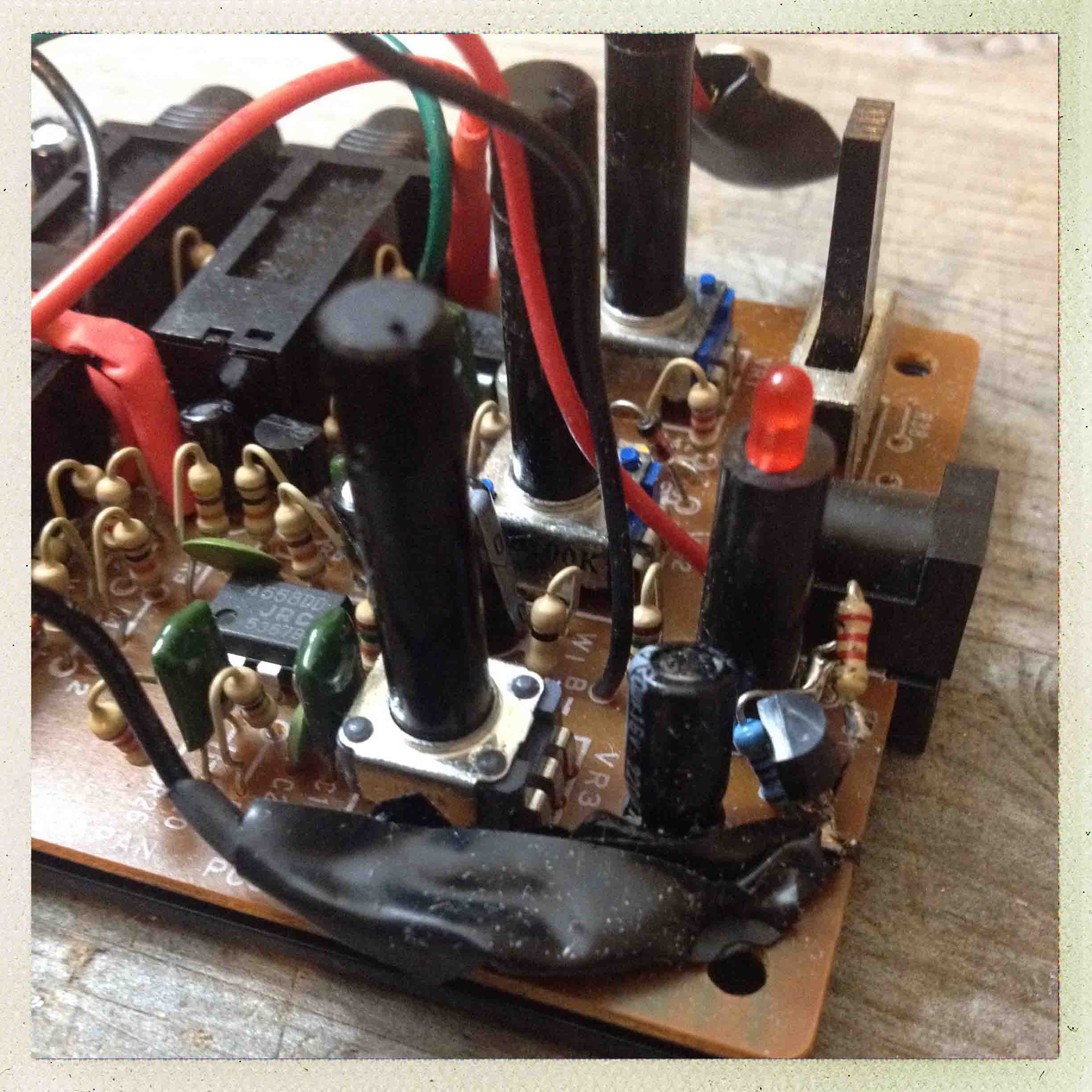Where to begin? The ribbon connector repaired with Cat5 cable? The solder pads that burn off with the slightest heat? Maybe the switches inside pots. Or the pots inside switches. The pot/switches that flip chips and relays three boards away. The two mid knobs on the second channel? An entire separate circuit just for the LEDs?! The cable that seems to only connect chassis ground to chassis ground?? What does this amp want from me?!?! Oh man, why don't you just stop it? This is too big for you, you know that? Who did this, who did that! It's a mystery! It's a mystery wrapped in a riddle inside an enigma! Fender don't even know, man! Don't you get it? You want the truth? YOU CAN'T HANDLE THE TRUTH!!
The 1980s were a weird time that made people do weird things. The Fender London Reverb is one of those weird things. I'm just glad I made it to the other side of this one. Was it worth it? Only me and the voice inside my coffee maker know for sure.



























